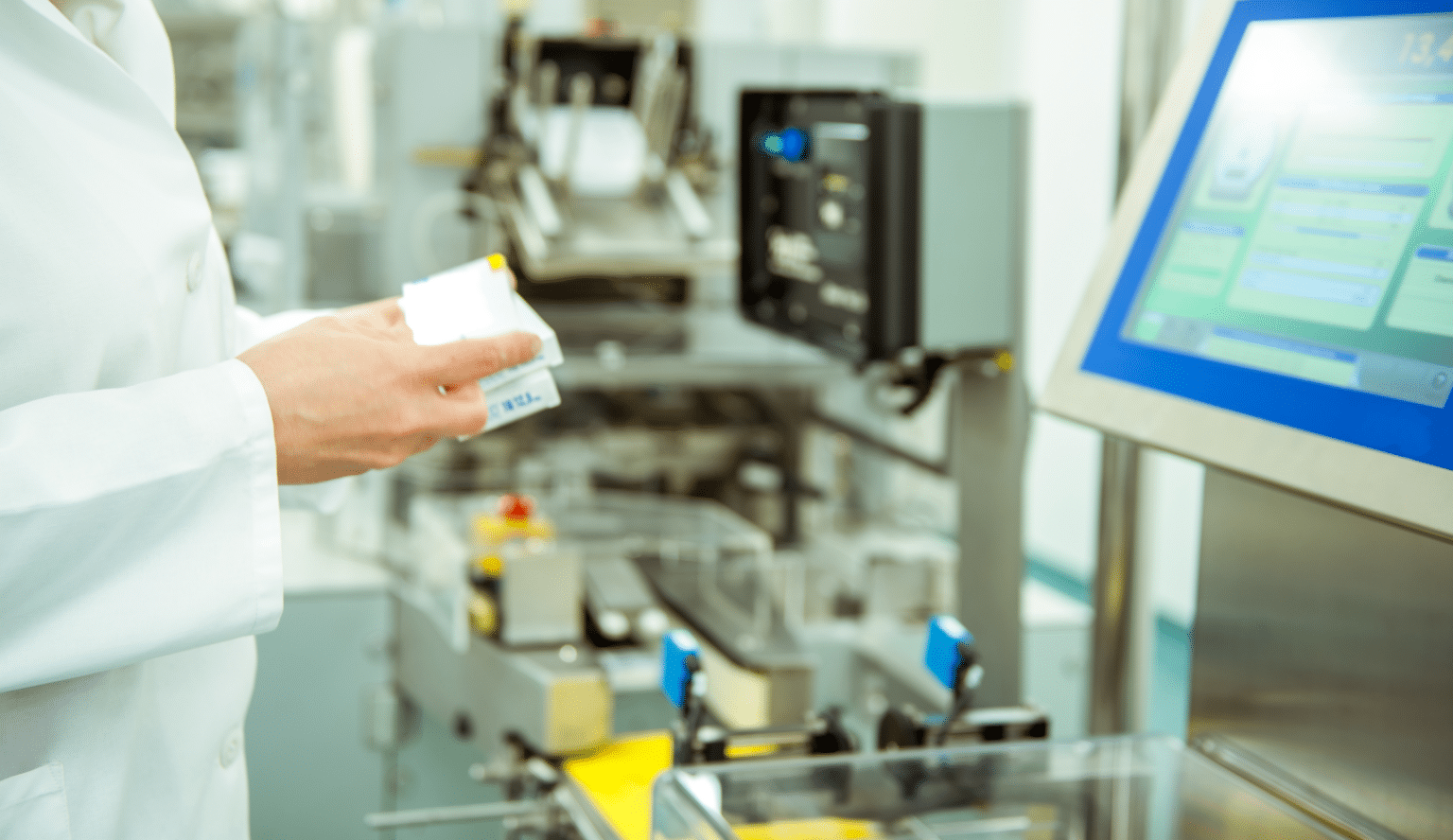Artificial Intelligence (AI) is starting to transform how we solve problems and do our jobs, bringing new opportunities to improve efficiency, ensure compliance, and reduce costs. In Part 1 of this series, we discussed some key AI terminology and debunked some common misconceptions regarding its role. Now, let’s dive into practical AI use cases specific to life sciences manufacturers and the challenges that come with implementation.
AI in Manufacturing: Use Cases
- Predictive Maintenance for Equipment Reliability
One of the biggest challenges in manufacturing is unplanned downtime caused by equipment failures. AI-powered predictive maintenance uses machine learning algorithms to analyze equipment data and forecast potential failures before they happen. By proactively addressing issues, manufacturers can reduce downtime, optimize maintenance schedules, and extend the lifespan of critical assets.
Example: AI systems monitor vibration, temperature, and other operational data to identify trends that indicate wear or malfunction, enabling timely intervention.
Challenge: Integrating predictive maintenance systems with legacy equipment can be complex, requiring careful planning to ensure seamless data collection and analysis.
- Production Process Optimization
AI is driving efficiency in life sciences manufacturing by analyzing real-time production data to minimize waste, improve throughput, and enhance product quality. Advanced algorithms can dynamically adjust variables during production, ensuring consistent performance and compliance with GMP (Good Manufacturing Practice) standards.
Example: AI models optimize mixing times, temperatures, and ingredient ratios in pharmaceutical production to maximize yield and reduce variability.
Challenge: Validating AI-driven processes to meet stringent regulatory requirements remains a key hurdle. Manufacturers must ensure these systems comply with GMP and maintain data integrity.
- Automated Quality Control
AI-powered quality control systems detect defects and deviations with precision, ensuring compliance and enhancing product quality. These systems use computer vision and machine learning to inspect products faster and more accurately than manual processes.
Example: AI systems analyze images of tablets or vials to detect inconsistencies, such as cracks or discoloration, at speeds unachievable by human inspectors.
Challenge: Ensuring AI algorithms are robust enough to handle edge cases and rare anomalies is essential for maintaining product safety and compliance.
- Supply Chain Optimization
AI streamlines supply chain management by improving demand forecasting, inventory planning, and logistics. Machine learning algorithms analyze historical data and external factors like market trends or geopolitical events to optimize decision-making.
Example: AI predicts demand spikes for critical materials, ensuring adequate supply while minimizing overstock.
Challenge: Collaboration across global supply chains requires standardizing data formats and ensuring secure data sharing, especially in highly regulated industries like life sciences.
Conclusion: The Future of AI in Life Sciences Manufacturing
AI is rapidly reshaping life sciences manufacturing, from predictive maintenance to quality control and beyond. By embracing these innovations, manufacturers can improve operational efficiency, ensure compliance, and gain a competitive edge in the evolving landscape. As AI continues to mature, its potential in manufacturing will expand, unlocking new possibilities for the industry. Life Sciences in general is undoubtedly on the right path, and as new applications are discovered and new challenges are addressed, the possibilities of AI can be limitless.
Speak to one of our team members who can help you improve your operational efficiency while ensuring compliance.

